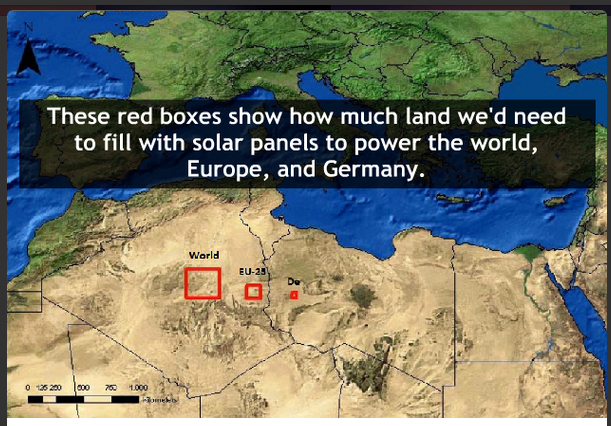Living Hysterically

It seems to me 2014 was not so much the year of "living dangerously" as of living hysterically regarding global warming. 2015 might still bring more of it before (I hope) sobriety begins to return to the energy / climate discourse. The first thing we probably need to understand is the MAGNITUDE of the high carbon energy we should replace with lower carbon varieties. Here we see our total primary energy consumption in 2013*: As we may see, fossil fuels overwhelmingly dominate the current energy market and this is not due to cute political tactics but to the fact that fossil fuels excel in many of the most important energy attributes (per Peter Tertzakian): 1. Versatility 2. Scalability 3. Storability and transportability 4. Deliverability 5. Energy density 6. Power density 7. Constancy 8. Environmental sensitivity 9. Energy security Not to mention that most of the current energy infrastructure in the world is designed around fossil...







